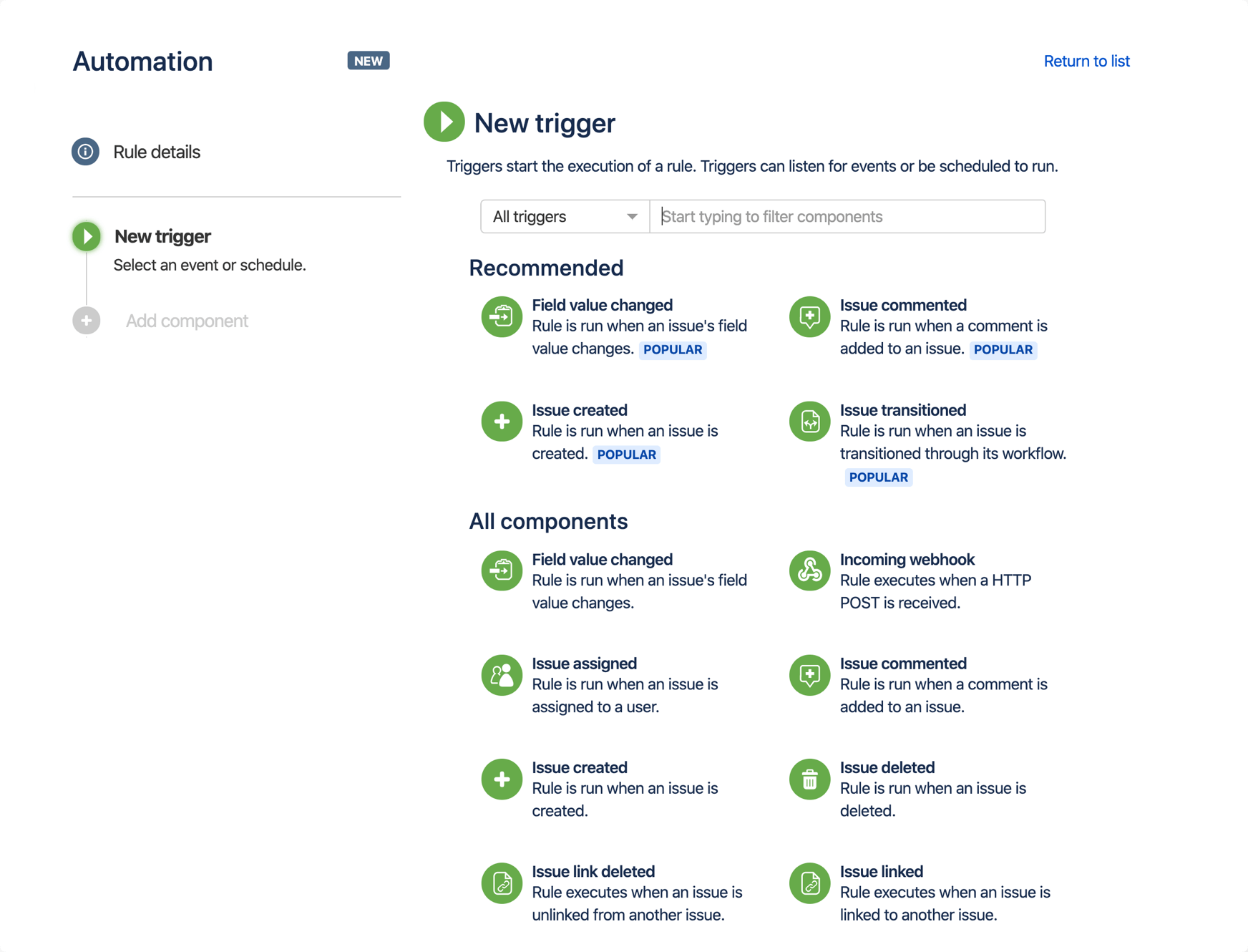Atlassian announced today it has added a no-code tool to enable DevOps teams to make it easier to customize Jira project management software without having to learn how to code.
Sean Regan, head of growth for software teams at Atlassian, said Automation for Jira will now become a core part of Jira Cloud that will be made available to all 65,000 customers using Jira software. Originally developed by Code Barrell, the tool was acquired by Atlassian last year. Previously, it had been available as an add-on adopted by about 6,500 customers, he said.
The goal is to enable administrators that track projects to reduce the amount of time they spend on manually entering data. On average, organizations are spending 51 hours a month on administrative tasks involving the management of projects, Regan noted. Organizations should take inventory of those tasks and use Automation for Jira to start automating the tasks that are the most repetitive, he said.
Automation for Jira, Regan said, is part of a larger ambitious effort to make Jira software accessible to more than 100 million active end users. By employing a visual tool to automate tasks it should become easier for a broader number of organizations to customize processes by defining rules that trigger events. Organizations will not be forced to depend on developers to write code to create those workflows, he noted.

Automation for Jira is also part of a concerted effort to modernize a venerable Jira project management application that has been widely employed by software development teams for decades. The ultimate goal is to enable software development teams to spend more time building applications versus trying to ascertain the status of any given development project, said Regan.
The no-code Automation for Jira tool is also designed to integrate with collaboration tools Slack and Microsoft Teams within the context of a set of best DevOps practices. In fact, Regan noted any time there is an issue on a software development project it almost always comes down to a lack of collaboration between all the stakeholders involved.
There is, of course, a lot more appreciation for project management software among DevOps teams that typically are trying to organize around multiple projects at the same time. A delay on one project might present an opportunity to reallocate resources to accelerate another. That can’t happen, however, if no one is aware of what bottlenecks exist in the first place.
Not everyone appreciates all the nuances of project management. The less obtrusive project management becomes the more effective it tends to be. Developers are especially notorious for not always updating project management applications, which usually results in project managers having to nag them to share information that other teams are counting on before they can move forward. Hopefully, there may come a day when all project management applications are updated automatically. In the meantime, the less time spent on manual tasks the happier all the members of the software development team are likely to be.




